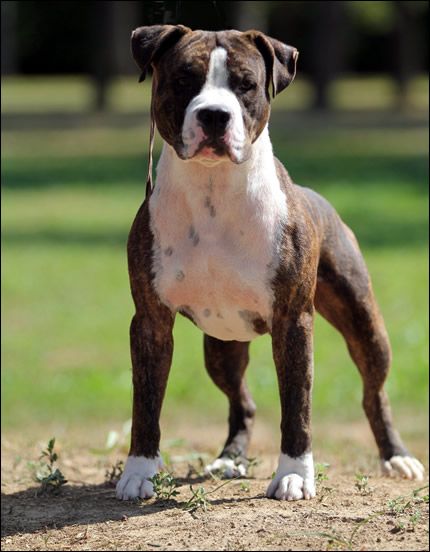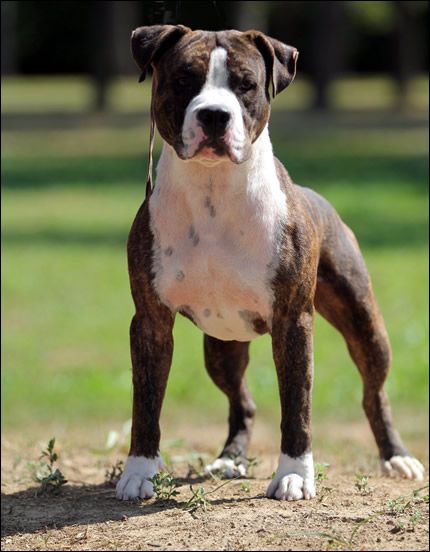Mastering Free Shaping : Training a Pitbull isn’t just about teaching commands—it’s about building trust, communication, and mutual respect. Among the various training methods available, free shaping stands out as a powerful technique to reinforce positive behavior and encourage intelligent problem-solving. In this article, we’ll explore how to use free shaping to effectively teach your Pitbull the “Place” and “Stay” commands, ensuring a well-behaved and balanced companion.

Table of Contents
- Introduction to Pitbull Training
- What is Free Shaping in Dog Training?
- Why Free Shaping Works for Pitbulls
- Preparing for Free Shaping Sessions
- Teaching the “Place” Command
- Teaching the “Stay” Command
- Common Pitfalls and Troubleshooting
- Reinforcement Techniques and Tips
- Advanced Training Ideas Using Free Shaping
- Final Thoughts
1. Introduction to Pitbull Training
Pitbulls are known for their strength, intelligence, and loyalty. However, without proper training, their energy and eagerness can lead to behavioral challenges. Effective training is not about dominance—it’s about guidance, consistency, and positive reinforcement.
One of the most important skills you can teach your Pitbull is to understand and follow the “Place” and “Stay” commands. These commands help establish boundaries, improve impulse control, and promote calm behavior in any environment.
2. What is Free Shaping in Dog Training?
Free shaping is a dog training technique where the trainer rewards small, incremental actions that lead toward a desired behavior—without giving verbal cues or physically guiding the dog. Think of it as letting your dog figure out the “puzzle” of what earns a reward.
For example, if you want your Pitbull to go to a mat (“place”), you might reward any action that moves in that direction:
- A glance toward the mat
- A step in that direction
- Touching it with a paw
- Finally, sitting or lying down on it
Each behavior is shaped by rewarding successive approximations until the full command is learned.
3. Why Free Shaping Works for Pitbulls
Free shaping is particularly effective for Pitbulls because it:
- Stimulates mental activity: Pitbulls love challenges.
- Increases confidence: They make their own choices and learn through success.
- Improves bond with owner: Rewards build trust.
- Reduces frustration: It channels energy into constructive learning.
This method is not only engaging but also helps your dog problem-solve rather than just follow orders blindly.
4. Preparing for Free Shaping Sessions
Before you start free shaping, prepare your environment and tools:
What You’ll Need:
- High-value treats (small and soft)
- A clicker (optional, but helpful for timing)
- A mat, towel, or bed for the “Place” command
- A quiet, distraction-free space
- Patience!
Session Guidelines:
- Keep sessions short (5-10 minutes)
- End on a positive note
- Always observe your dog’s body language
5. Teaching the “Place” Command with Free Shaping
Let’s dive into the actual process of teaching “Place” using free shaping.
Step-by-Step Instructions:
Step 1: Introduce the Mat
- Place the mat in the room and let your dog explore.
- Don’t use cues or gestures.
- Click or say “Yes!” and reward any movement toward the mat.
Step 2: Build on Progress
- Reward steps closer to the mat.
- Then reward touching the mat.
- Keep raising the criteria only once your dog consistently performs the previous step.
Step 3: Reward Full Contact
- Once your Pitbull puts all four paws on the mat, jackpot (give multiple treats).
- Begin rewarding only when your dog sits or lies down on the mat.
Step 4: Add the Cue
- Once the dog consistently goes to the mat, say “Place” right before the behavior.
- After a few repetitions, your dog will associate the word with the action.
Step 5: Practice with Distance and Distractions
- Start adding distance (send your dog to place from a few feet away).
- Gradually increase distractions (TV on, doorbell sound, etc.)
6. Teaching the “Stay” Command with Free Shaping
The “Stay” command is often taught separately, but you can layer it onto the “Place” command using free shaping.
Step-by-Step Instructions:
Step 1: Duration on Place
- Once your dog lies on the mat, wait a few seconds before rewarding.
- Gradually increase the time—5 seconds, then 10, then 30, and so on.
- If your dog gets up, go back to a shorter duration.
Step 2: Add the Cue
- Once your dog holds the position consistently, start saying “Stay” as they remain on the mat.
- Give the release cue (“Okay” or “Free”) before they move.
Step 3: Increase Distance
- Take one step back. If your dog holds position, reward.
- Keep increasing distance gradually.
Step 4: Add Distractions
- Bounce a ball, open a door, clap—start with mild distractions and progress slowly.
- Always reward successful stays.
Step 5: Combine with Real-Life Scenarios
- Practice at the vet’s office, during mealtime, or when guests visit.
7. Common Pitfalls and Troubleshooting
Free shaping is fun but can be challenging. Here’s how to handle issues:
| Problem | Solution |
|---|---|
| Dog gets frustrated or confused | Lower your criteria and reward smaller steps again |
| Dog loses interest | Use higher-value treats or end session sooner |
| Progress is slow | Be patient—don’t rush steps or skip levels |
| Dog breaks “stay” often | Reduce distractions or shorten duration temporarily |
| Dog doesn’t understand the cue | Say the cue only as the behavior happens (timing is key) |
8. Reinforcement Techniques and Tips
To make free shaping more successful:
- Mark behavior consistently: Use a clicker or verbal marker.
- Keep treats tiny: So your dog doesn’t fill up too quickly.
- Be consistent: Don’t change the mat or the environment too often in the beginning.
- Train when your dog is alert: Not sleepy, overly hyper, or distracted.
- End on success: Always stop the session with a reward-worthy behavior.
9. Advanced Training Ideas Using Free Shaping
Once your Pitbull masters “Place” and “Stay,” you can use free shaping for:
- Trick training (e.g., spinning, crawling, bowing)
- Confidence-building (e.g., walking on new surfaces)
- Agility basics
- Heel work
- Emergency recall (“come” command)
Free shaping can also be used in canine sports or therapy dog training. The more your dog learns how to learn, the more quickly they pick up new tasks.
10. Final Thoughts
Training your Pitbull through free shaping is more than just a technique—it’s a way to empower your dog to think independently while building a deep bond based on trust and respect. By teaching the “Place” and “Stay” commands with patience and positive reinforcement, you’re setting your dog up for a lifetime of calm, focused behavior—even in high-energy environments.
Remember, each dog learns at their own pace. Celebrate small wins, and stay consistent. Over time, you’ll have a Pitbull that not only listens—but truly understands.
